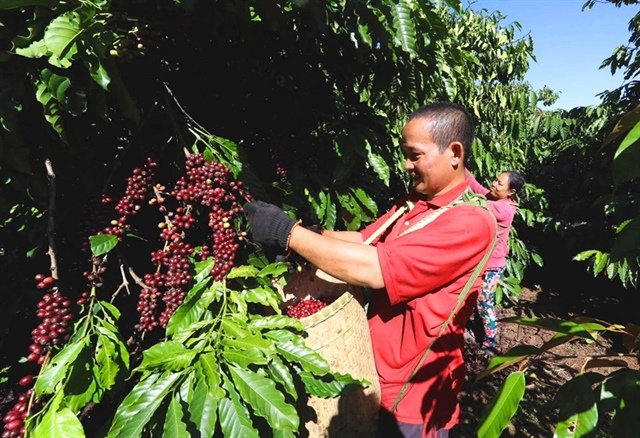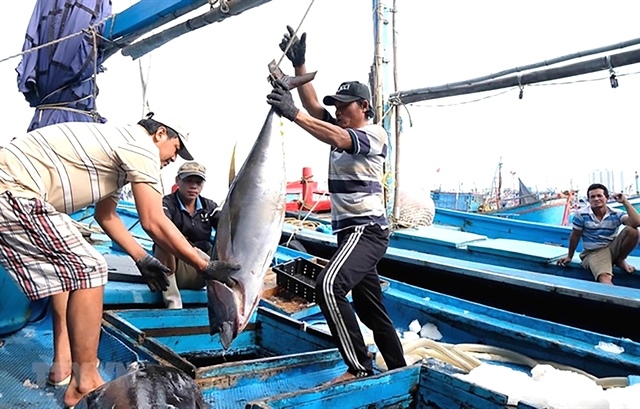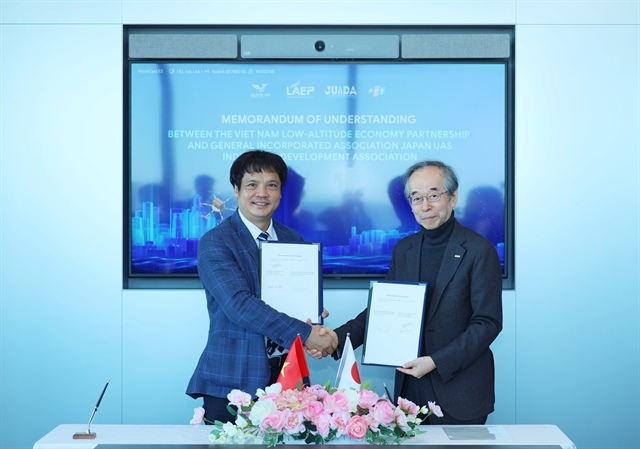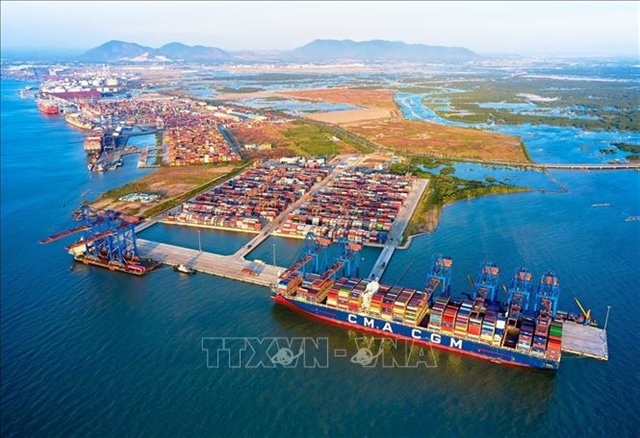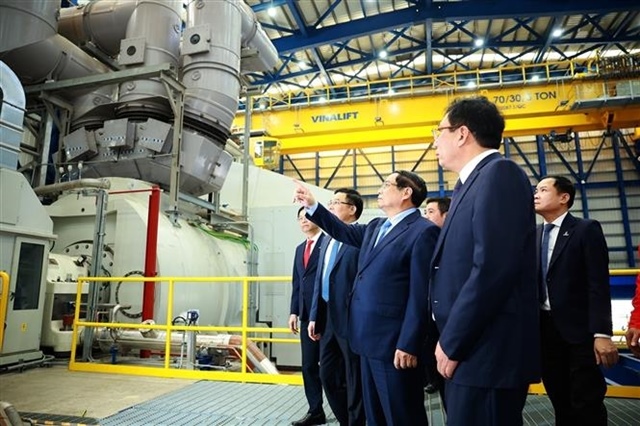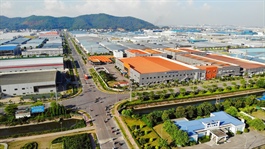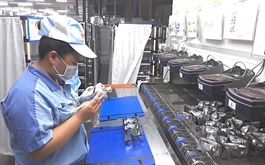EVFTA: Opportunities and challenges
EVFTA: Opportunities and challenges
Since the EU-Vietnam Free Trade Agreement (EVFTA) came into effect in August 2020, the economic-trade relations have become a bright spot of bilateral cooperation between Vietnam and the EU with remarkable results.
Major untapped potential
After two years of implementation, the EVFTA has actively facilitated the access of Vietnamese and EU goods to each other's markets, meeting the supply diversification of both sides. Accordingly, in 2021 and the beginning months of 2022, the bilateral trade recovered and grew at a faster rate than prior to the pandemic.
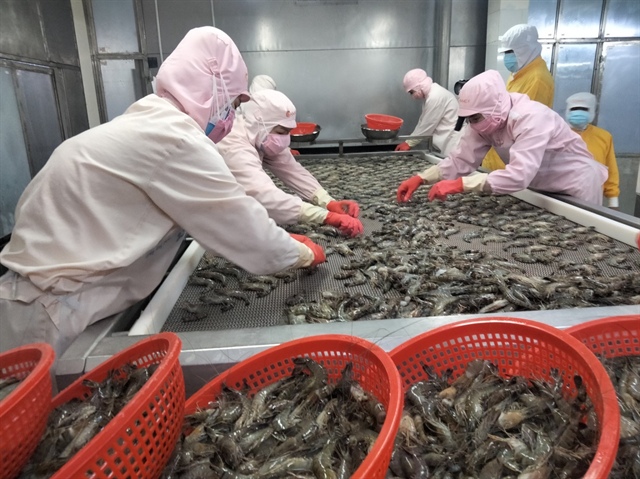
Seafood exports to the EU recorded good growth in the past two years |
The data from the General Department of Vietnam Customs show that in 2021, the trade between Vietnam and the EU reached US$57.01 billion, an increase of 14.5 percent over the same period in 2020, of which Vietnam's exports accounted for US$40.1 billion, an increase of 14.2 percent, and import value reached US$16.9 billion, an increase of 15.3 percent over the same period in 2020. This takes the total to US$52.5 billion in the first 10 months of 2022, up 14 percent year-on-year, with exports accounting for US$39.7 billion, a 23.5 percent increase.
The EU has become Vietnam's leading trade partner and third largest export market with an average export growth rate of 7.5 percent, accounting for an average share of 13.6 percent of the country’s total export value in the 2015-2021 period. Reciprocally, Vietnam surpassed Singapore to become the EU's largest trade partner in the 10-nation ASEAN (Association of Southeast Asian Nations) bloc and ranked 11th among the largest suppliers to the EU (in 2021, according to Eurostat). At the same time, Vietnam's exports to most EU markets recorded good growth and witnessed a positive shift, not only focusing on large markets and EU gateways such as Germany, the Netherlands and France but also promoting exports to smaller niche markets in Northern, Eastern and Southern Europe.
The export structure to the EU is also diversifying. While key commodities have achieved impressive growth rates, such as 43 percent for machinery and equipment, 54 percent for footwear and 44 percent for textiles, the export turnover of agricultural, forestry and fishery products is also fast increasing. Coffee exports are up 43.4 percent, seafood 31.6 percent, fruits and vegetables 23.5 percent and rice 12.2 percent.
The EU is the second largest import market in the world with an import scale of about EUR2.1 trillion (in 2021), while the market share of goods imported from Vietnam only accounts for slightly less than two percent (according to Eurostat). The structure of goods’ import and export between Vietnam and the EU is also largely complementary, rather than directly competitive. Therefore, much room remains for businesses to occupy a greater market share in the coming time.
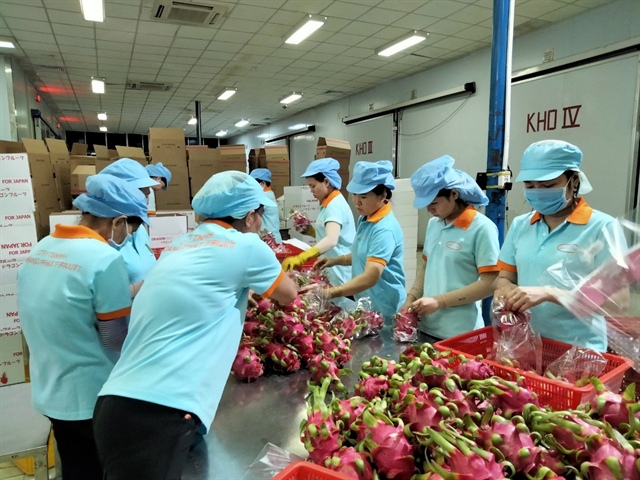
The EVFTA has opened doors to agricultural exports to the EU |
Numerous challenges
The opportunities are clear and significant. However, many challenges remain on the road to maximizing EVFTA trade incentives, especially in the context of regional and global geopolitical uncertainties, potential risks of economic recession, and supply chain disruption.
Specifically, the commodity trading market has been experiencing complicated movements in terms of supply and prices. Although export activities from Vietnam to the EU area are not directly affected, they face many limitations such as fluctuating food prices, lengthy and costly cargo transportation, payment risks, fluctuating prices of raw materials and materials for production. The risk of an EU recession due to regional conflicts and record high inflation would also have a significant impact on spending, affecting import demand.
An increasing trend has been noticed in the EU application of non-tariff barriers and tightened regulations and technical standards on environment/climate and sustainable development. Meanwhile, many Vietnamese exports still encounter difficulties in accessing the EU because they have fallen short of that market’s high requirements. The EU also regularly reviews and adjusts regulations, making it difficult for Vietnamese businesses in many cases to adhere and adapt.
Notably, the increase in green standards and sustainable development is an inevitable trend globally, not only in the EU market. Efforts to achieve greener production, as well as social responsibilities and environmental protection need to be focused and promoted.


